Open-source, implicit 3D structural geological modeling in Python.
GemPy v3 is gearing up for its official launch. Our team is diligently working on refining the documentation and adding the final touches. Delve into the exciting new features in the What's New in GemPy v3. Experience GemPy v3 firsthand by installing the pre-release version from PyPi:
$ pip install gempy --pre
In the meantime, you can explore the updated documentation here.
GemPy is a Python-based, open-source geomodeling library. It is capable of constructing complex 3D geological models of folded structures, fault networks and unconformities, based on the underlying powerful implicit representation approach.
We provide the latest release version of GemPy via PyPi package services. We highly recommend using PyPi,
$ pip install gempy
The following versions are required/strongly recommended for the main dependencies of GemPy (as of June 2023):
- python <= 3.10 (required by aesara)
- numpy
After installation, you can either check the notebook tutorials or the video introduction to get started.
Go to the documentation site for further information and enjoy the tutorials and examples.
For questions and support, please use discussions.
If you find a bug or have a feature request, create an issue.
Follow these guidelines to contribute to GemPy.
- de la Varga, M., Schaaf, A., and Wellmann, F. (2019). GemPy 1.0: open-source stochastic geological modeling and inversion, Geosci. Model Dev., 12, 1-32.
- Wellmann, F., & Caumon, G. (2018). 3-D Structural geological models: Concepts, methods, and uncertainties. In Advances in Geophysics (Vol. 59, pp. 1-121). Elsevier.
- Calcagno, P., Chilès, J. P., Courrioux, G., & Guillen, A. (2008). Geological modelling from field data and geological knowledge: Part I. Modelling method coupling 3D potential-field interpolation and geological rules. Physics of the Earth and Planetary Interiors, 171(1-4), 147-157.
- Lajaunie, C., Courrioux, G., & Manuel, L. (1997). Foliation fields and 3D cartography in geology: principles of a method based on potential interpolation. Mathematical Geology, 29(4), 571-584.
- Schaaf, A., de la Varga, M., Wellmann, F., & Bond, C. E. (2021). Constraining stochastic 3-D structural geological models with topology information using approximate Bayesian computation in GemPy 2.1. Geosci. Model Dev., 14(6), 3899-3913. doi:10.5194/gmd-14-3899-2021
- Güdük, N., de la Varga, M. Kaukolinna, J. and Wellmann, F. (2021). Model-Based Probabilistic Inversion Using Magnetic Data: A Case Study on the Kevitsa Deposit, Geosciences, 11(4):150. https://doi.org/10.3390/geosciences11040150.
- Stamm, F. A., de la Varga, M., and Wellmann, F. (2019). Actors, actions, and uncertainties: optimizing decision-making based on 3-D structural geological models, Solid Earth, 10, 2015–2043.
- Wellmann, F., Schaaf, A., de la Varga, M., & von Hagke, C. (2019). From Google Earth to 3D Geology Problem 2: Seeing Below the Surface of the Digital Earth. In Developments in Structural Geology and Tectonics (Vol. 5, pp. 189-204). Elsevier.
A continuously growing list of gempy-applications (e.g. listing real-world models) can be found here.
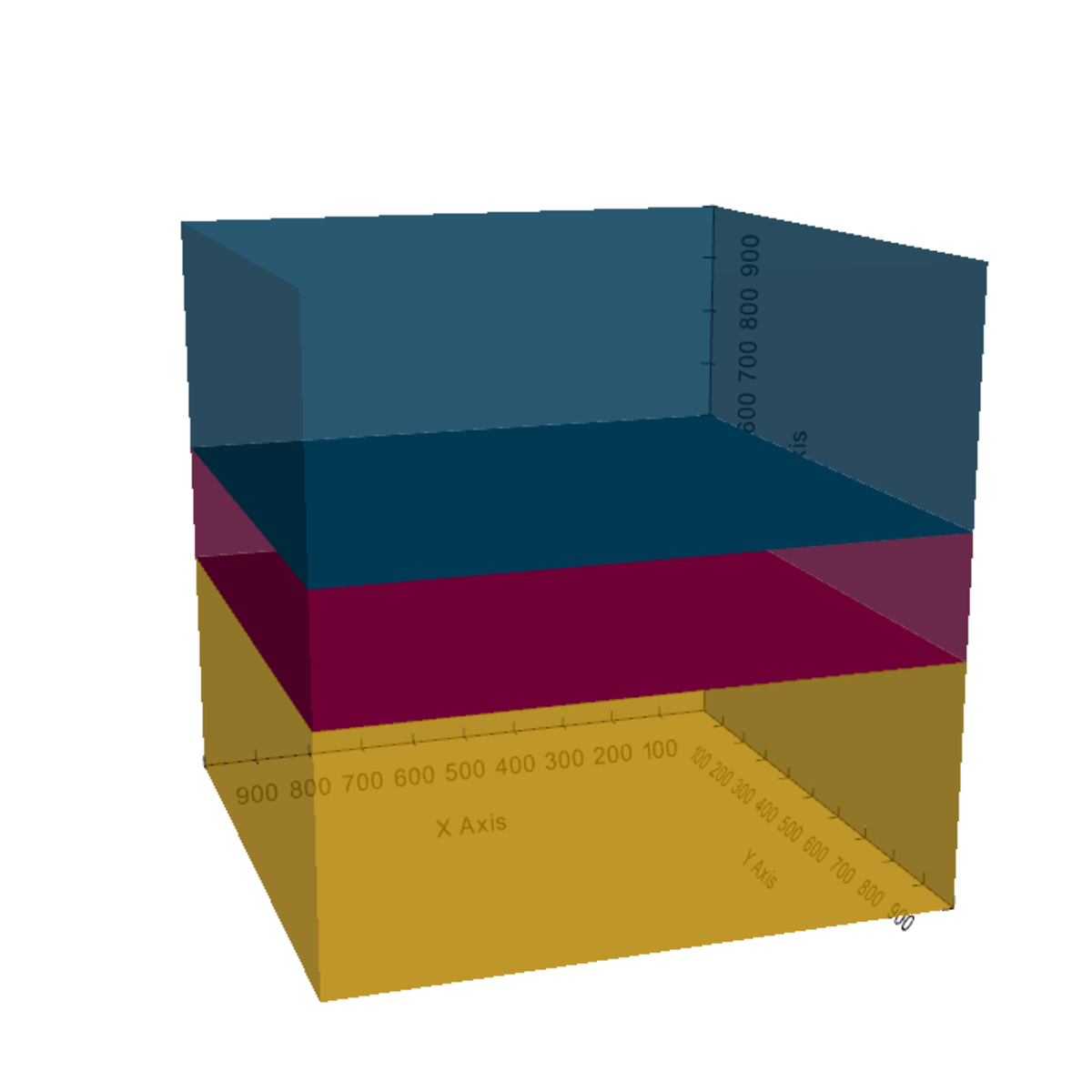
|
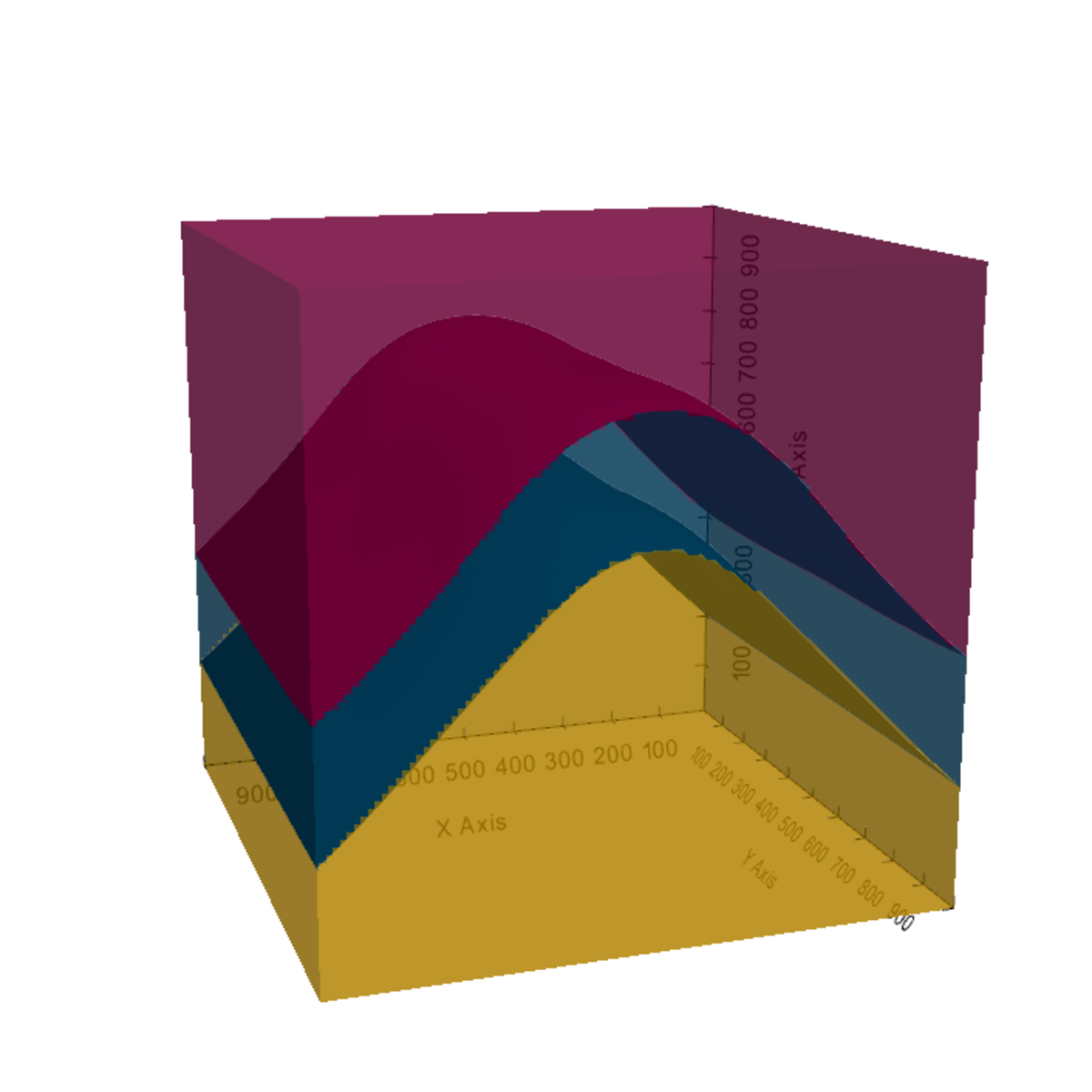
|
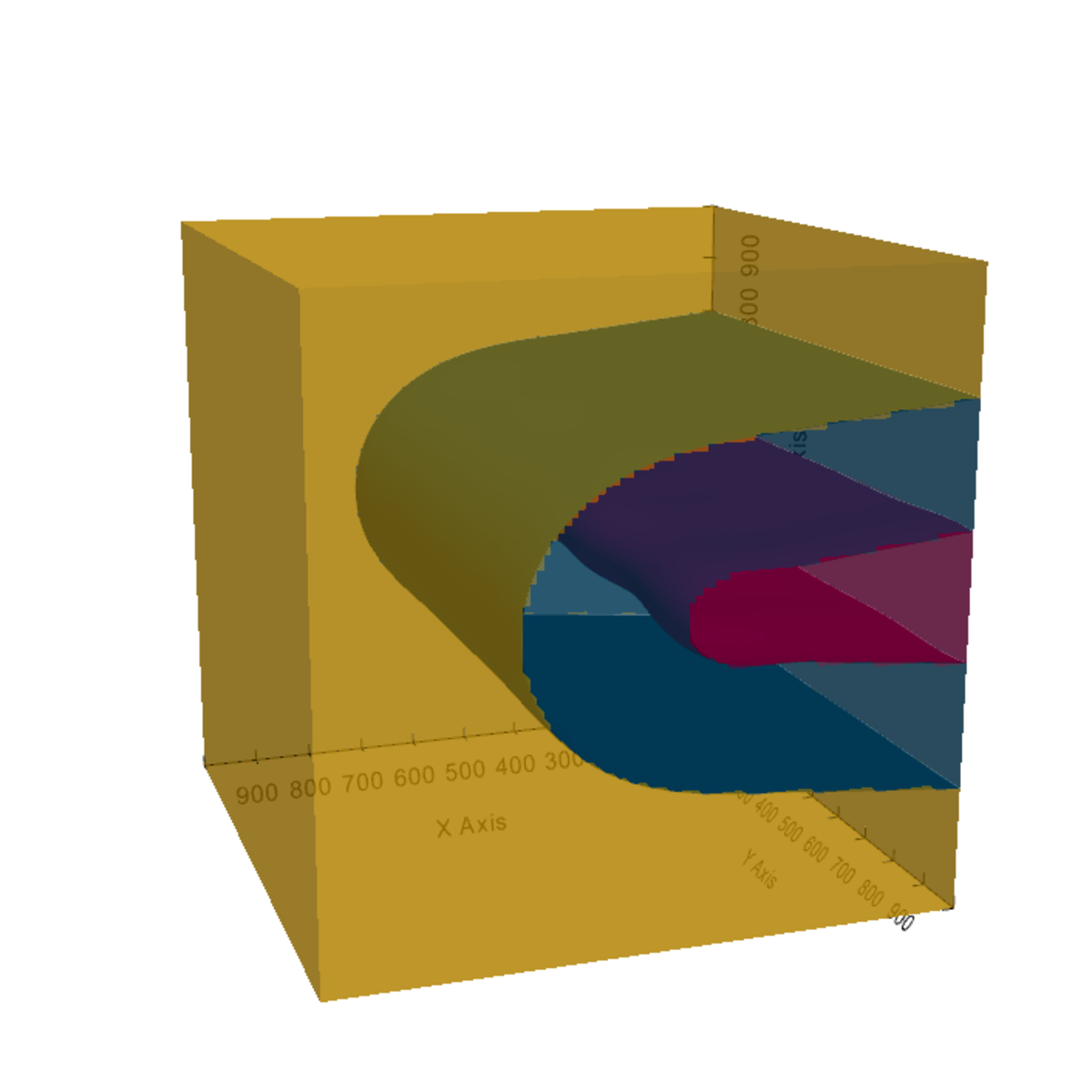
|

|
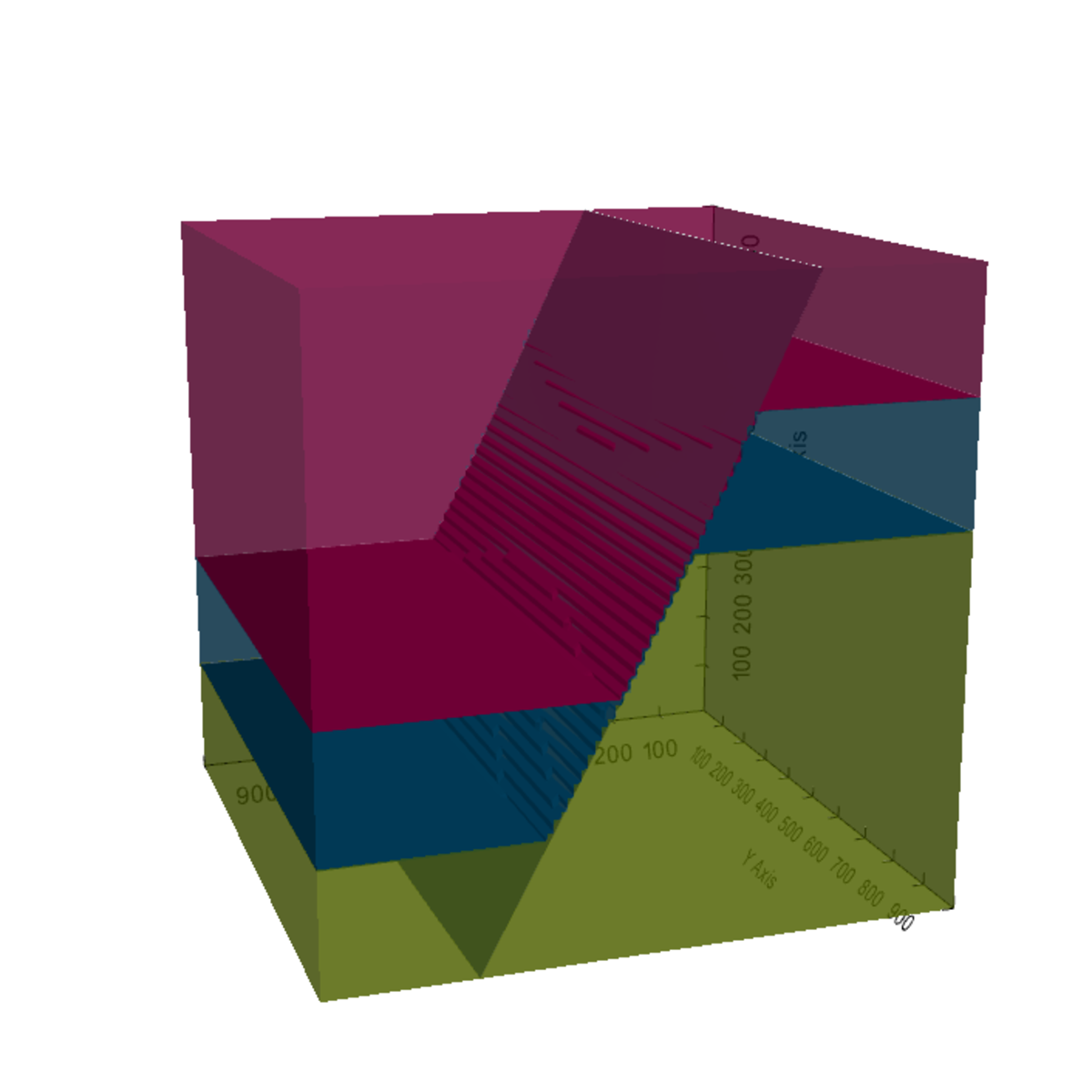
|
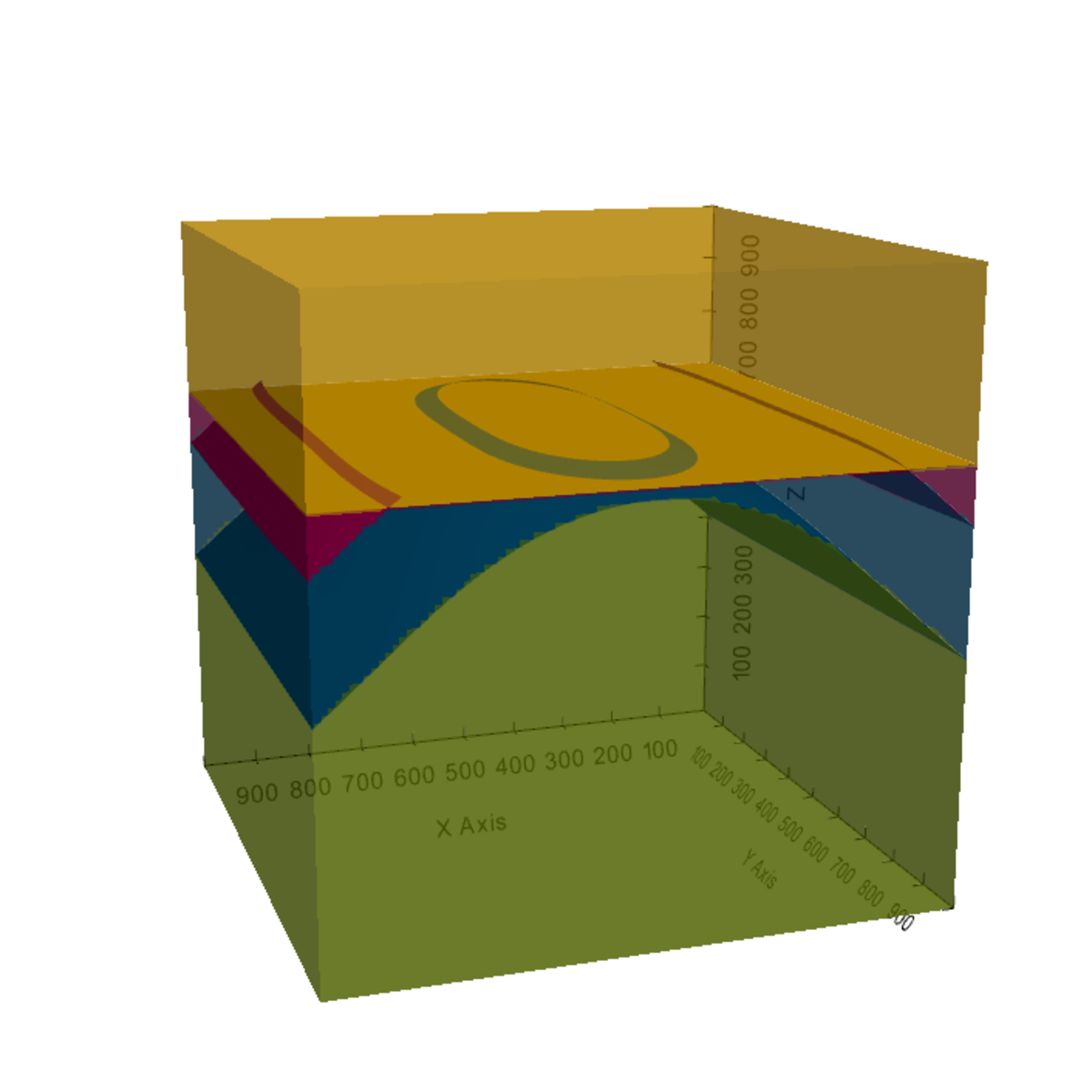
|
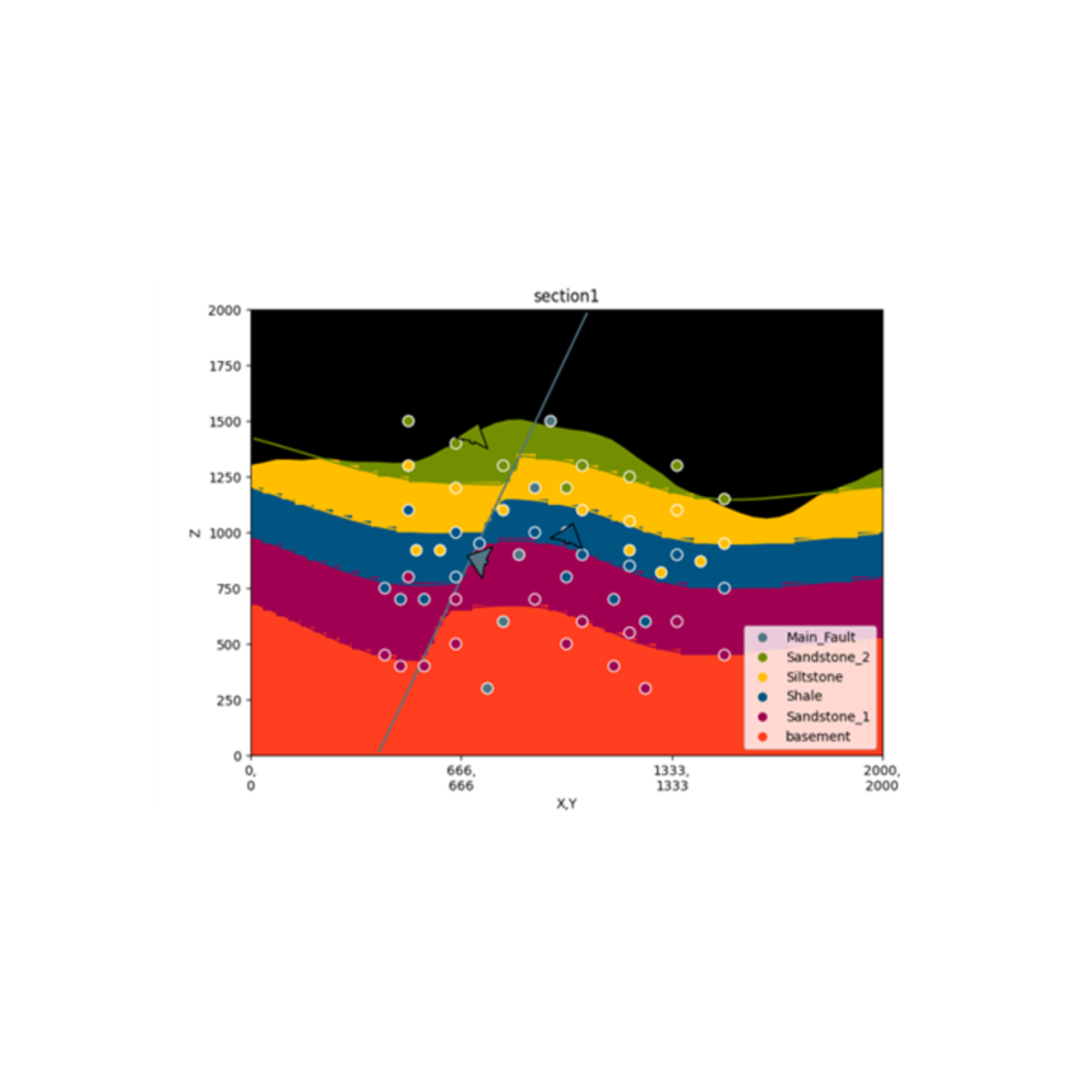
|
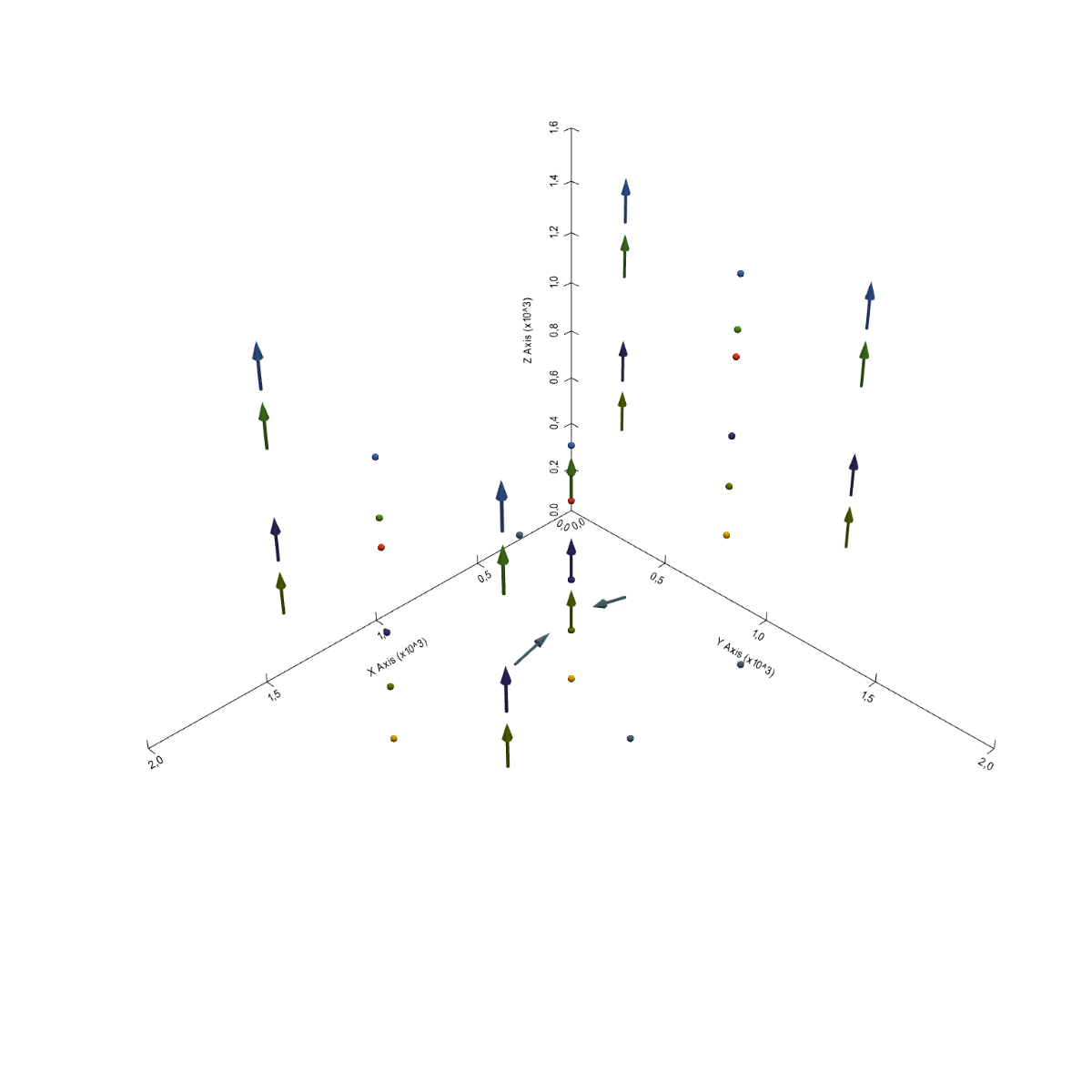
|
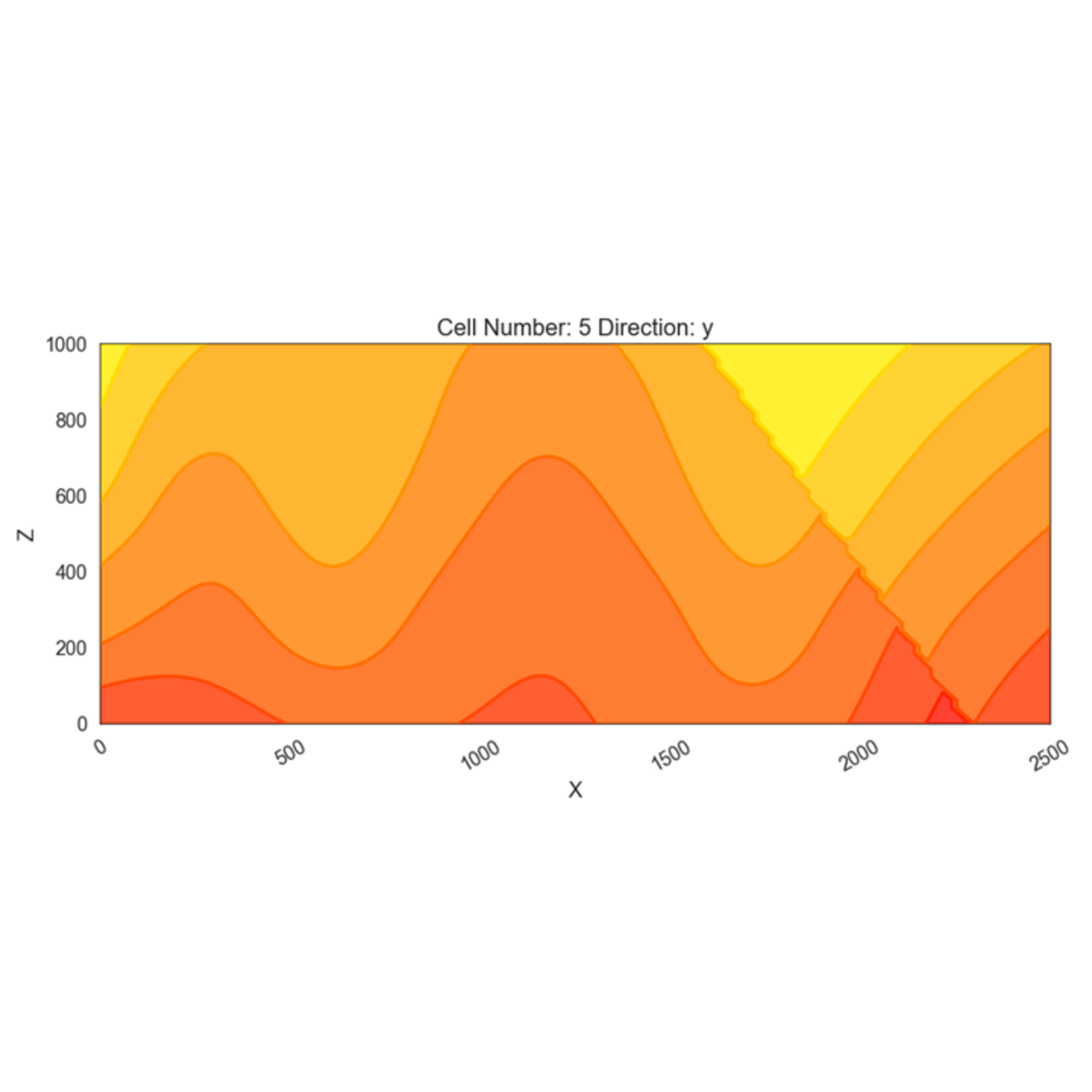
|
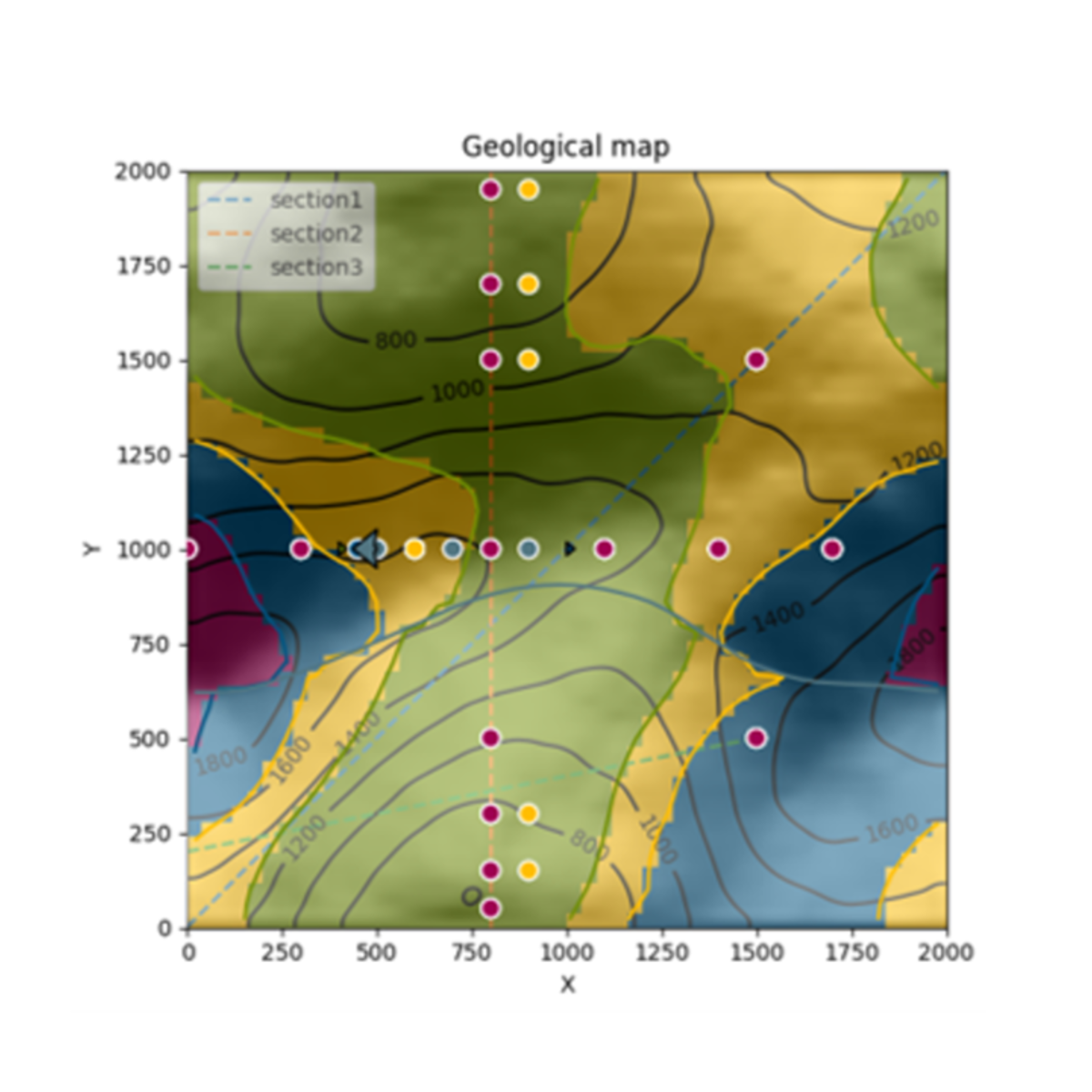
|
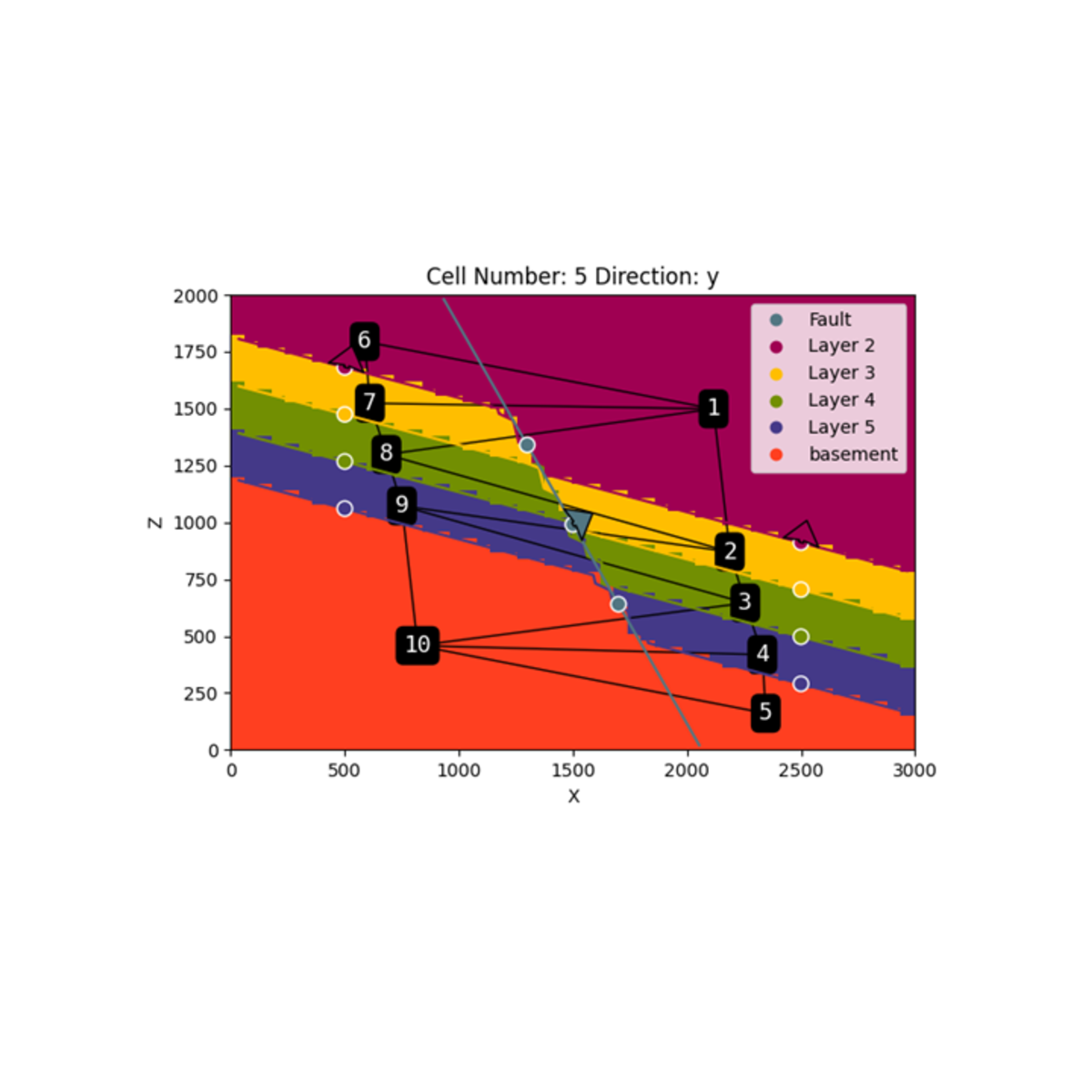
|
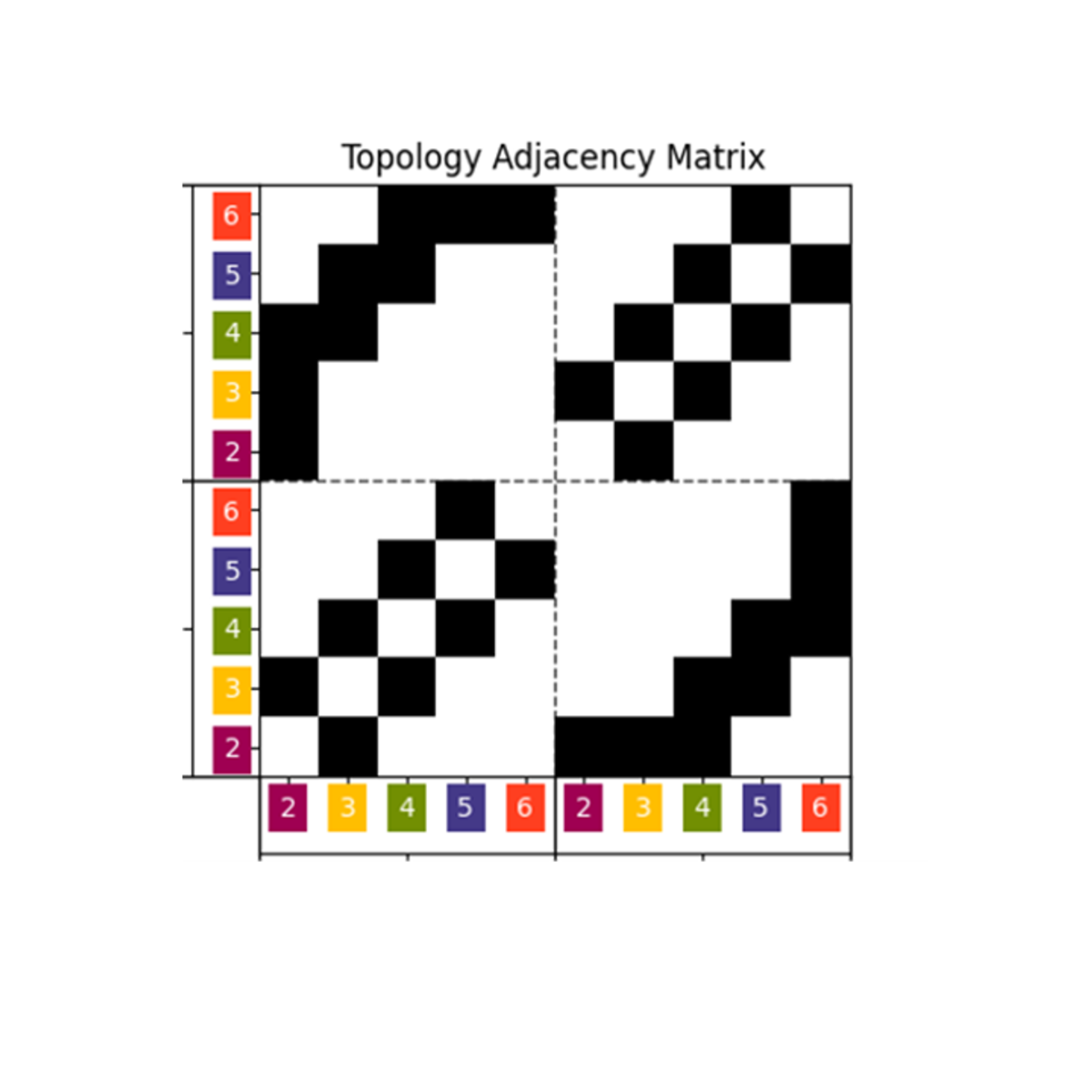
|
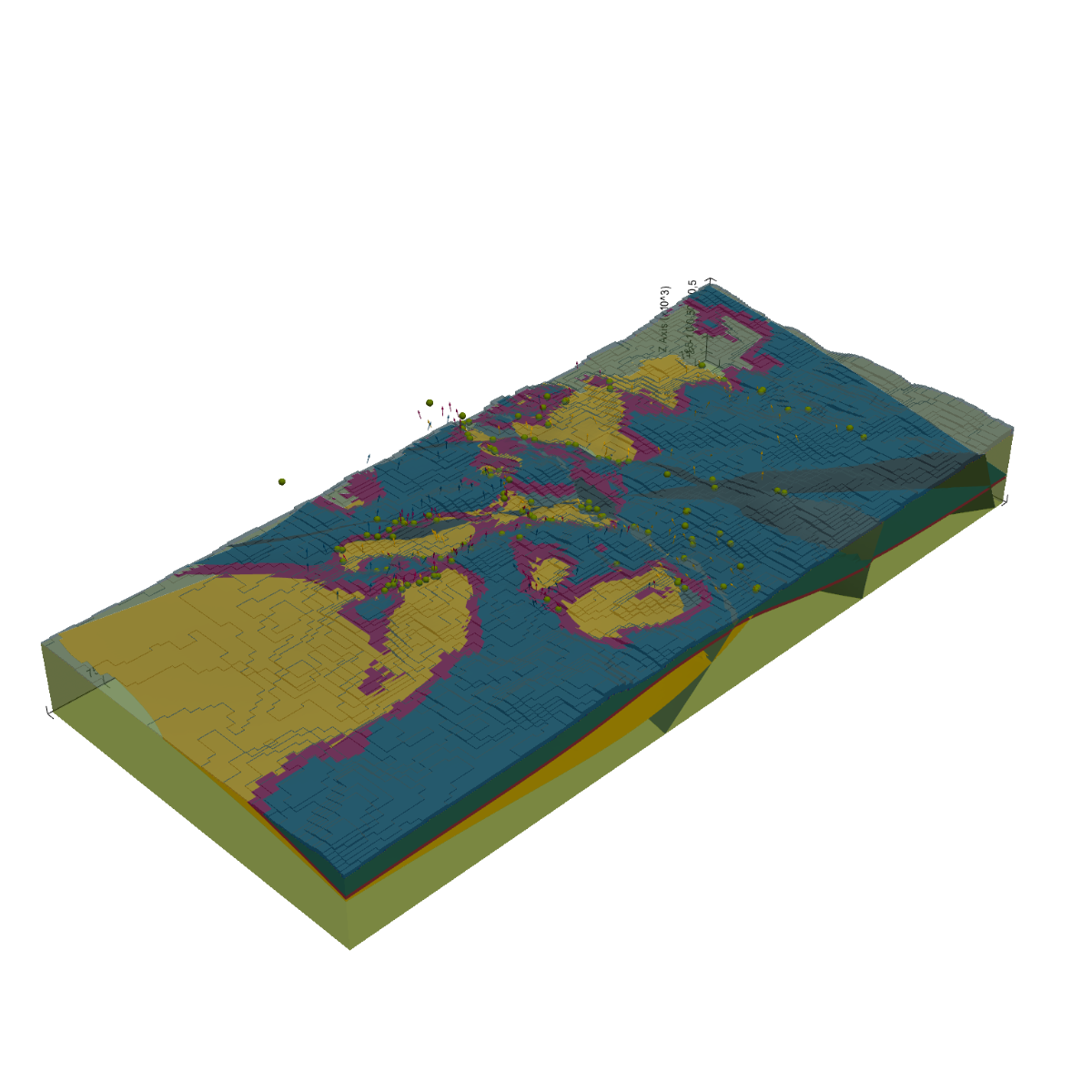
|
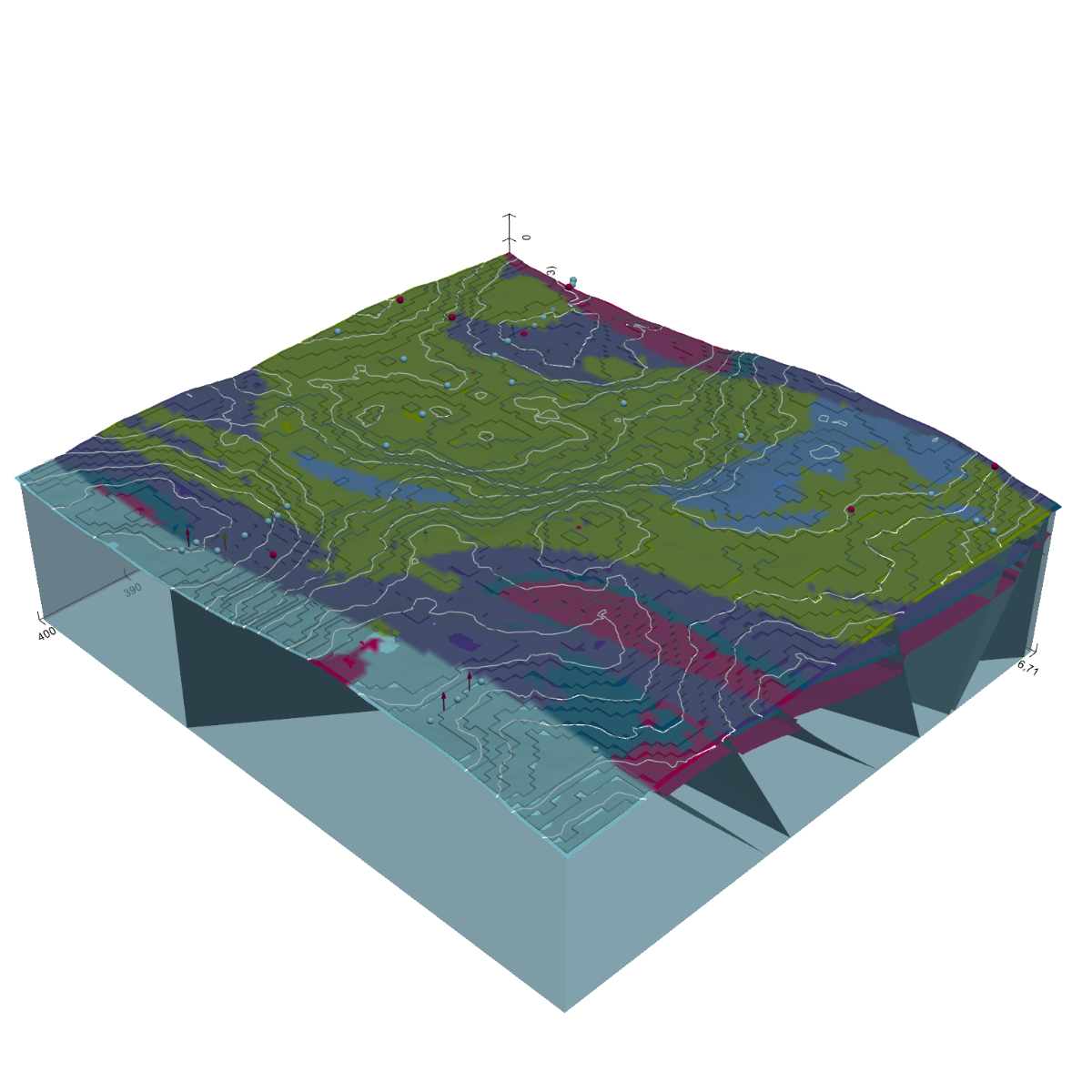
|
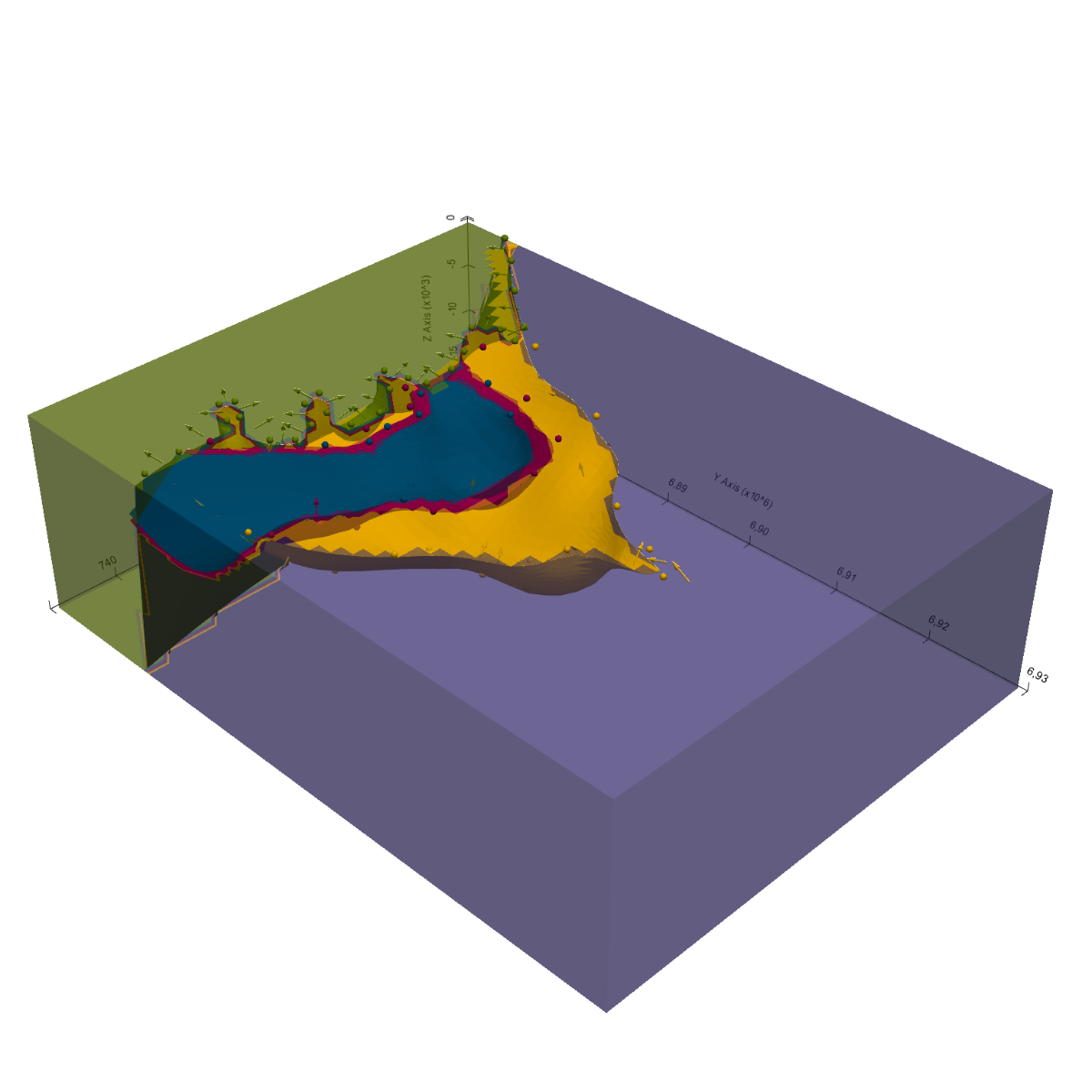
|




